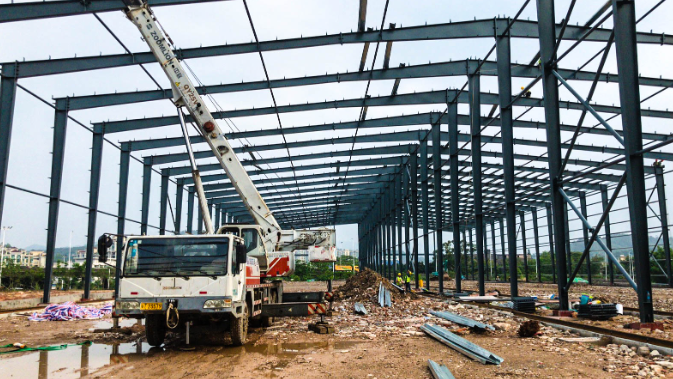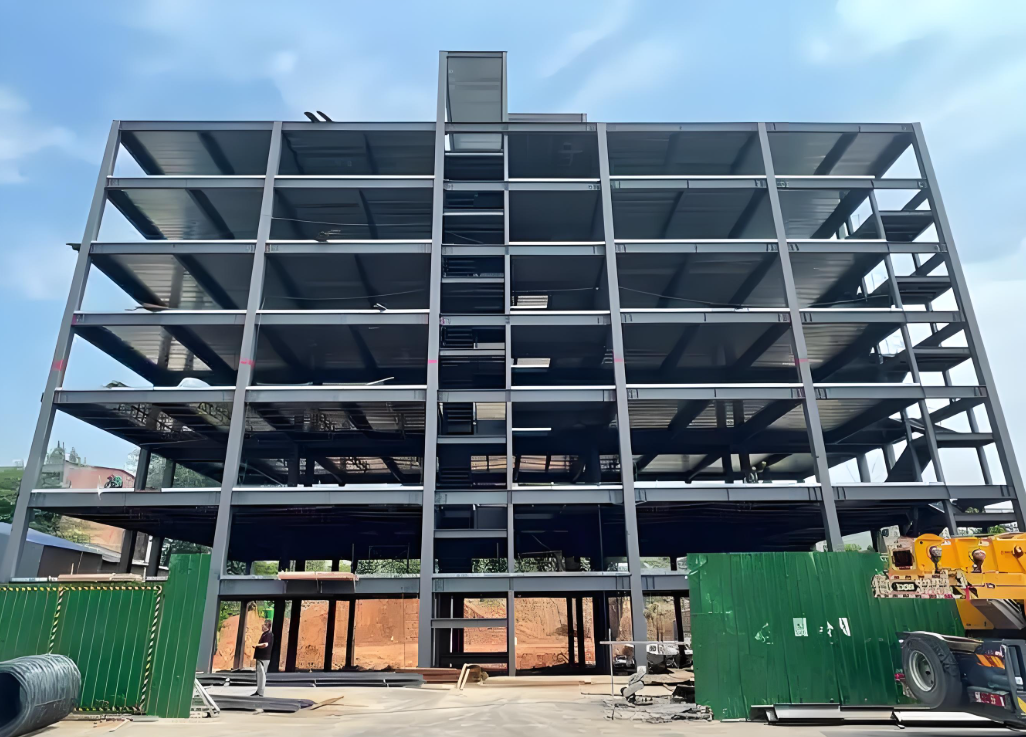Anti-Acid Corrosion Coatings for Metal Steel Structures Gain Significant Attention

Metal structures such as lightning rod towers, offshore lighthouses, large reservoir gates, water supply towers, offshore oil production equipment, tankers, spherical tanks, storage tanks, fuel tanks, carbonization towers, heat exchangers, chimneys, containers, ship hulls, and offshore channel steel structures are constantly exposed to atmospheric conditions—including sunlight, windblown sand, rain, snow, frost, dew, and seasonal temperature and humidity fluctuations. Oxygen and moisture in the atmosphere are key factors causing corrosion in outdoor steel structures. Industrial gases containing SO₂, CO₂, NO₂, Cl₂, H₂S, and NH₃, though present in small quantities, pose significant corrosion threats to steel. SO₂ has the greatest impact, while Cl₂ can destroy the metal's passivation film. These gases dissolve in water to form acidic solutions, leading to acid rain (pH<5.6), which accelerates corrosion of metal equipment.
These structures endure long-term exposure to corrosive marine or industrial atmospheres. To achieve extended service life without major repairs, long-life protective coatings represent the optimal solution. Offering a service life of 20-30 years, lower maintenance costs, and significant economic benefits, high-performance anti-acid corrosion coatings effectively protect steel structures against acid attack, ensuring long-term resistance to acids and alkalis.
Steel structure workshops primarily consist of load-bearing components (e.g., steel columns, beams, foundations, trusses, roofs) made of steel. Long-term field studies by Zhisheng Weihua corrosion coating researchers reveal that the presence of corrosive gases, moisture, or media within workshops triggers physicochemical reactions between the metal and its environment. Oxidation reactions between steel, atmospheric oxygen, and water molecules cause corrosion, reducing component load-bearing capacity and lifespan, altering metal properties, damaging system functionality, and impacting production. Premium ZS anti-corrosion coatings can extend the protection life of workshop steel structures beyond 20 years.
Corrosion of steel structures in the environment is inevitable, with rusting being particularly prevalent. Corrosive media, primarily acids, alkalis, and salts, cause liquid-phase or vapor-phase corrosion. Additionally, atmospheric humidity, rain, dust, temperature fluctuations, and contact with dissimilar metals also induce corrosion.

Different corrosive agents attack materials via distinct mechanisms: including strong acid, weak acid, oxygen-containing acid, and hydrogen-containing acid corrosion. Crucially, corrosivity increases exponentially with rising temperature. Standardized national tests confirm that ZS-711 Inorganic Anti-corrosion Coating, ZS-811 High-Temperature Anti-corrosion Coating, ZS-1033 Hydrofluoric Acid Resistant Coating, and ZS-1034 Alkali & Acid Resistant Coating all fully meet international design standards.
Zhisheng Weihua's anti-acid coatings utilize a novel chelated film-forming solution based on inorganic polymers. The backbone is a siloxane chain (—Si—O—Si—), grafted with organic alkyl side chains and chelated with hydroxyl terminal groups. In the ZS-711 coating, the hydroxyl and alkyl groups chelated to the silicon atoms create an excellent ternary synergistic effect. This results in high solution stability, minimizing impact on the polymer matrix, and yielding a denser coating with superior adhesion and high-temperature resistance. This coating series effectively prevents uniform corrosion, pitting, stress corrosion cracking, and hydrogen embrittlement in steel structures, thereby avoiding the risk of sudden brittle fracture without warning deformation. This ensures industrial safety, making the corrosion protection of metal steel structures a critical focus.



